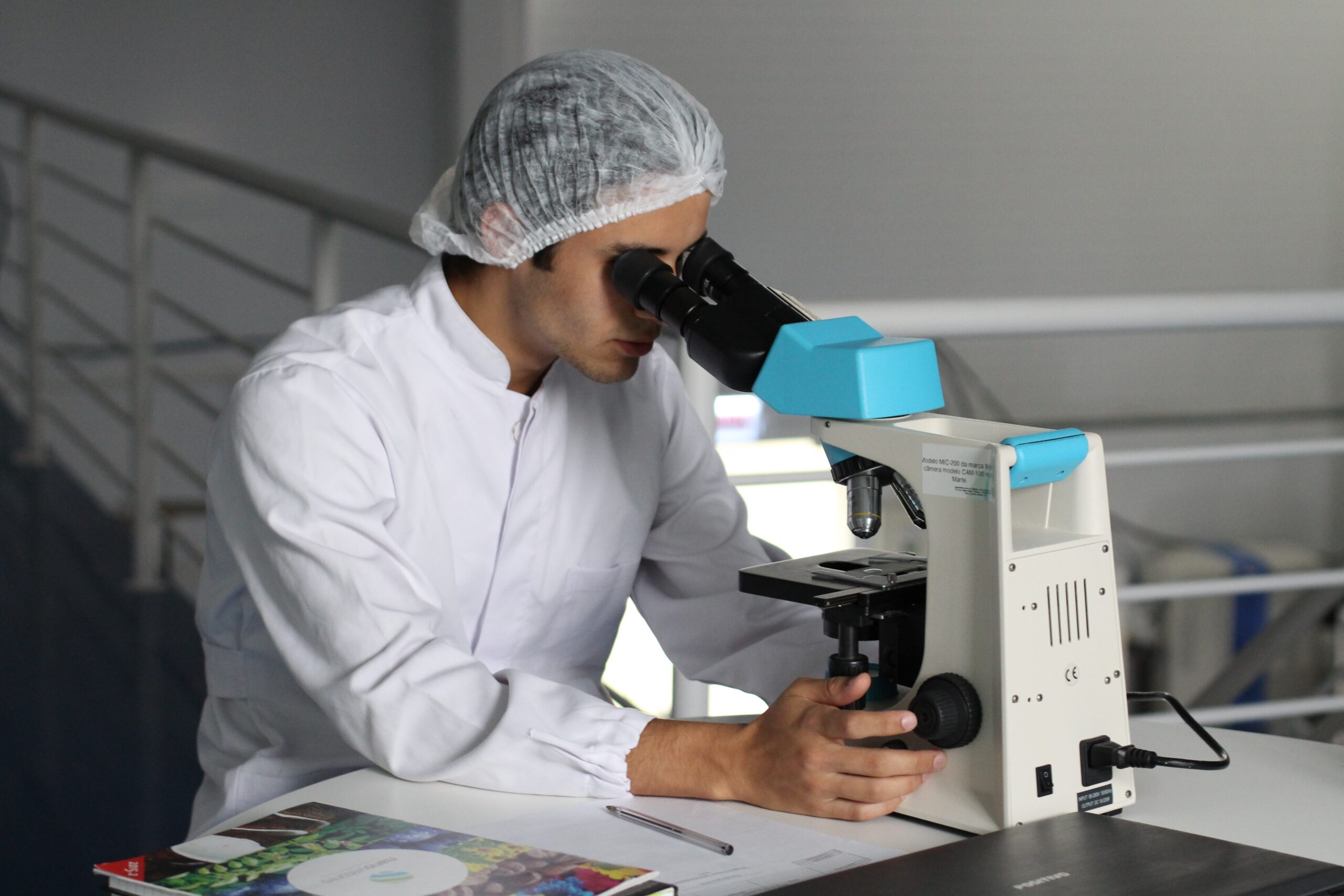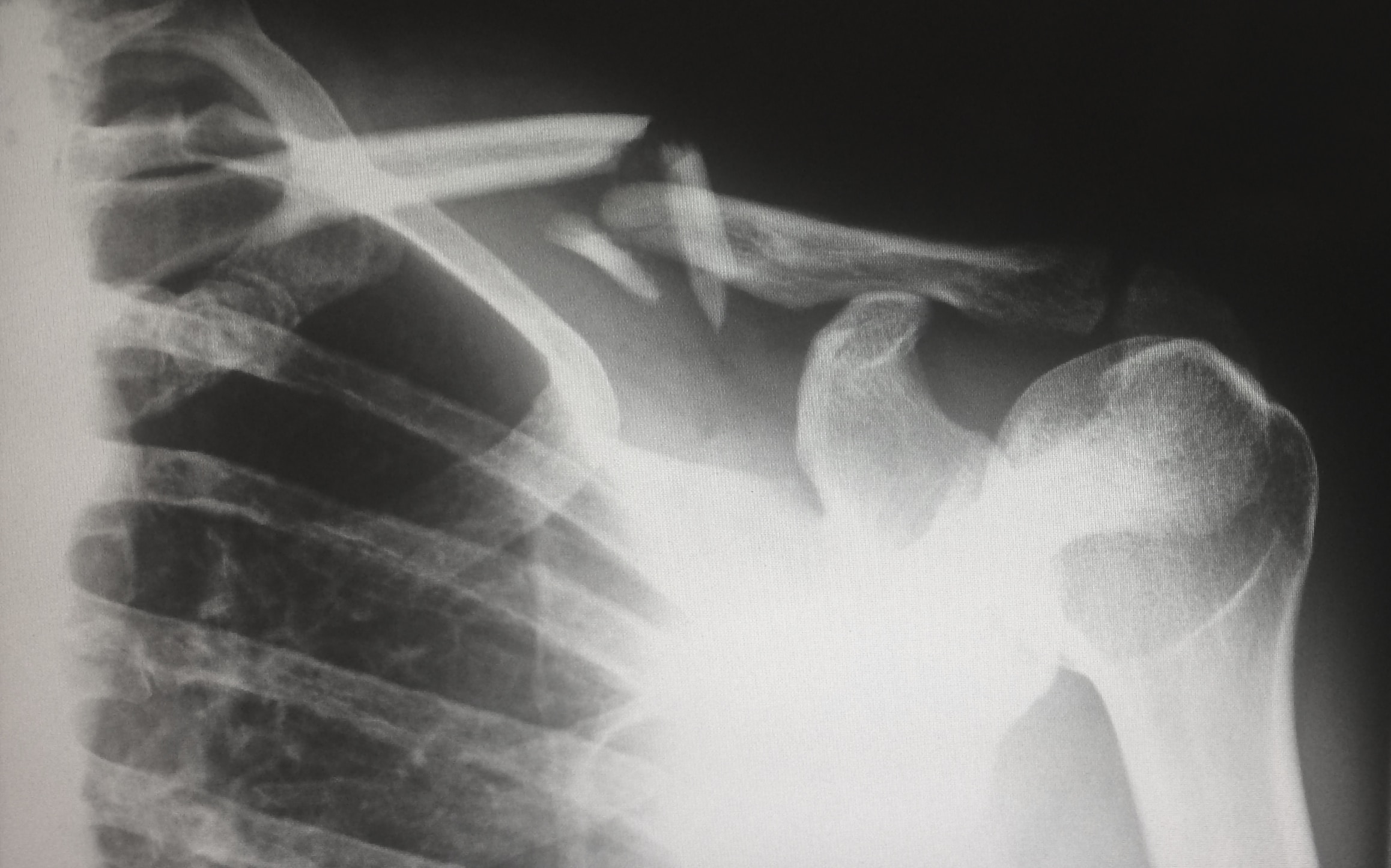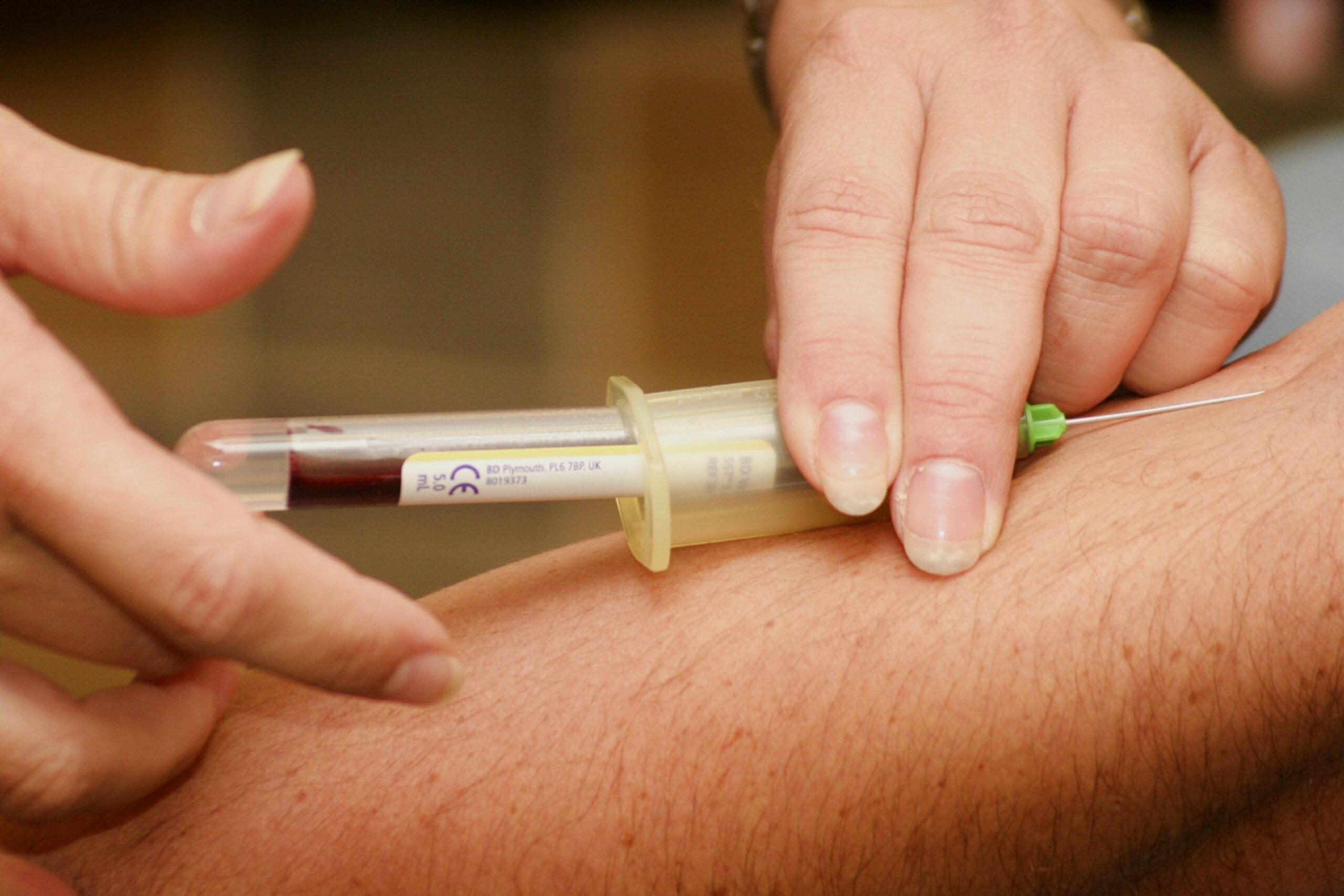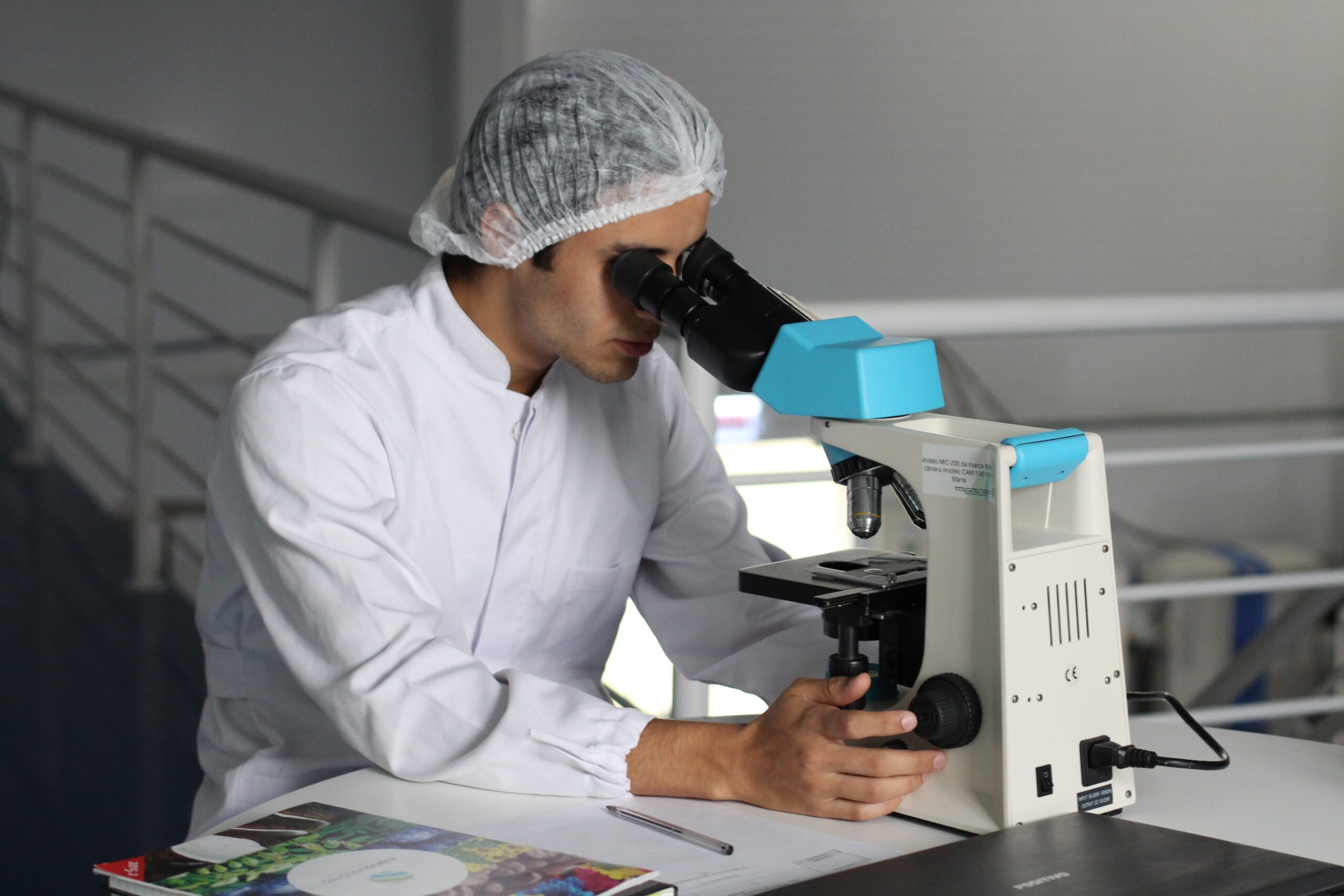Are you experiencing discomfort or pain in your pelvic region? It's important to know that prostatitis, a condition that affects the prostate gland, can be diagnosed through various methods. By understanding these diagnostic techniques, you can have a clearer picture of what to expect during your visit to the doctor and take necessary steps towards alleviating your symptoms. From physical examinations and medical history evaluations to laboratory tests and imaging studies, this article will explore the different ways in which prostatitis is diagnosed, ensuring that you are well-informed about the process.

Understanding Prostatitis
Prostatitis is a medical condition that involves the inflammation of the prostate gland, which is located just below the bladder and surrounds the urethra. This condition can cause a range of symptoms, including pain and discomfort in the pelvic area, difficulty urinating, and sexual dysfunction.
Definition of Prostatitis
Prostatitis is defined as the inflammation of the prostate gland. It can be categorized into different types, each with its own characteristics and causes.
Causes of Prostatitis
Prostatitis can be caused by a variety of factors, including bacterial infections, non-bacterial causes, and other underlying health conditions. Bacterial infections are often the result of bacteria entering the urinary tract and spreading to the prostate gland. Non-bacterial causes may include pelvic trauma, nerve damage, or an autoimmune disorder. It is also possible for prostatitis to develop without a known cause.
Types of Prostatitis
There are four main types of prostatitis: acute bacterial prostatitis, chronic bacterial prostatitis, chronic prostatitis/chronic pelvic pain syndrome (CP/CPPS), and asymptomatic inflammatory prostatitis. Acute bacterial prostatitis usually occurs suddenly and is caused by a bacterial infection. Chronic bacterial prostatitis is a recurring infection that persists for an extended period of time. CP/CPPS is the most common type and is characterized by persistent pain in the pelvic region without evidence of infection. Asymptomatic inflammatory prostatitis does not cause symptoms but can be detected through laboratory tests.
Symptoms of Prostatitis
The symptoms of prostatitis can vary depending on the type and severity of the condition. Common symptoms include pain or discomfort in the pelvic area, lower back pain, frequent urination, difficulty urinating, blood in the urine or semen, and sexual dysfunction. It is important to note that the symptoms of prostatitis can overlap with other conditions, making an accurate diagnosis crucial.
Initial Assessment
When assessing a patient for prostatitis, healthcare professionals will typically start by gathering their medical history and asking questions about their symptoms. Understanding the duration, severity, and frequency of symptoms can help in determining the appropriate diagnostic tests and treatment options.
Evaluation of patient history
Getting a comprehensive patient history is essential in diagnosing prostatitis. This involves asking questions about the onset of symptoms, previous medical conditions, past surgeries, and any relevant family history. Additionally, information about the patient's lifestyle, sexual activity, and recent urinary tract infections can help in identifying potential risk factors and underlying causes of prostatitis.
Physical Examination
A physical examination is an important step in diagnosing prostatitis. During this examination, a healthcare professional will assess the patient's overall health and look for any physical signs of prostatitis. This may include palpating the abdomen, checking for tenderness or swelling in the pelvic area, and examining the prostate gland through a digital rectal examination (DRE).
Digital Rectal Examination (DRE)
A digital rectal examination (DRE) is a common procedure used to assess the condition of the prostate gland. During a DRE, a healthcare professional inserts a gloved, lubricated finger into the rectum to feel the prostate for any abnormalities. This can help detect any tenderness, swelling, or irregularities that may suggest prostatitis or other prostate-related conditions.
Assessment of symptoms
Assessing the specific symptoms experienced by the patient is crucial in determining the type and severity of prostatitis. This may involve asking questions about the presence of pain, location of discomfort, changes in urinary habits, and any other related symptoms. By understanding the symptoms, healthcare professionals can further narrow down the potential causes and determine appropriate diagnostic tests.
Laboratory Tests
Laboratory tests play a crucial role in diagnosing prostatitis. These tests can help identify any signs of infection or inflammation, assess prostate function, and rule out other underlying conditions. The most common laboratory tests for prostatitis include urinalysis, complete blood count (CBC), prostate-specific antigen (PSA) test, and urine culture.
Urinalysis
Urinalysis involves analyzing a urine sample for the presence of infection, inflammation, or any other abnormalities. This test helps detect white blood cells, red blood cells, bacteria, or other signs of infection in the urine. Abnormalities in the urine can provide important insights into the presence of prostatitis or other urinary tract conditions.
Complete Blood Count (CBC)
A complete blood count (CBC) is a blood test that measures the levels of different blood cells, including white blood cells. An elevated white blood cell count can indicate the presence of an infection or inflammation in the body, including the prostate gland. This test can help confirm the presence of an underlying condition and assess its severity.
Prostate Specific Antigen (PSA) test
The prostate-specific antigen (PSA) test measures the levels of PSA in the blood. PSA is a protein produced by the prostate gland, and elevated levels can be a sign of prostate inflammation, infection, or cancer. While a PSA test alone cannot diagnose prostatitis, it can help healthcare professionals evaluate the overall prostate health and determine the need for further testing.
Urine Culture
A urine culture is a laboratory test that helps identify the specific bacteria causing an infection. In the case of prostatitis, a urine culture can detect the presence of bacteria in the urine, indicating a bacterial infection. This test can guide healthcare professionals in prescribing the most appropriate antibiotic treatment if a bacterial cause is confirmed.
Imaging Tests
In some cases, imaging tests may be needed to further evaluate the prostate gland and surrounding structures. These tests provide a visual examination and can assist in diagnosing prostatitis, ruling out other conditions, and assessing the extent of inflammation or damage. Common imaging tests for prostatitis include ultrasound, CT scan, MRI, and prostate biopsy.
Ultrasound
An ultrasound uses sound waves to create images of the prostate gland. It can help visualize the size, shape, and structure of the prostate, as well as any abnormalities or areas of inflammation. This non-invasive procedure is commonly used in the initial assessment of prostatitis, providing valuable information for diagnosis and treatment planning.
CT Scan
A CT scan, or computed tomography scan, provides detailed cross-sectional images of the prostate gland and surrounding tissues. This imaging test can help identify any structural abnormalities, areas of inflammation, or signs of infection. CT scans are particularly useful when evaluating chronic prostatitis or assessing the spread of infection to adjacent organs.

MRI
Magnetic resonance imaging (MRI) uses powerful magnets and radio waves to create detailed images of the prostate gland and surrounding areas. MRI scans provide a high level of anatomical detail, allowing healthcare professionals to assess the extent and location of inflammation, identify any tumors or cysts, and rule out other potential causes of symptoms.
Prostate Biopsy
In certain cases, a prostate biopsy may be necessary to confirm a diagnosis of prostatitis or to rule out prostate cancer. During a biopsy, a small tissue sample is collected from the prostate gland using a fine needle. The sample is then examined under a microscope to determine if there are any cancerous or inflammatory changes present. This procedure is typically done under local anesthesia and can provide valuable insights into the underlying cause of prostatitis.
Semen Analysis
Semen analysis, also known as a semen culture or spermogram, is a diagnostic test that evaluates the quality and health of sperm. While not directly used to diagnose prostatitis, semen analysis can provide important information about the presence of infection or inflammation in the reproductive system. It can also help identify any sperm abnormalities that may be contributing to fertility issues.
Process of Semen Analysis
During a semen analysis, a semen sample is collected through masturbation and analyzed in a laboratory. The sample is examined for sperm count, motility (movement), morphology (shape), and other factors that can affect fertility and overall reproductive health. The presence of white blood cells or bacteria in the semen can indicate an infection, potentially correlating with prostatitis.
Evaluation of Semen Sample
The evaluation of a semen sample involves a comprehensive examination of various parameters, including sperm concentration, motility, morphology, and the presence of white blood cells. Abnormalities in any of these parameters may suggest an underlying condition, such as infection or inflammation, which could be related to prostatitis. A semen analysis can provide valuable insights into the reproductive health of an individual and aid in the diagnosis and treatment of prostatitis.
Relationship between Semen Analysis and Prostatitis
While semen analysis alone cannot confirm a diagnosis of prostatitis, it can help identify any potential issues that may contribute to the development or persistence of prostatitis symptoms. The presence of white blood cells or bacteria in the semen can provide clues about the presence of infection or inflammation in the reproductive system, which could be related to the prostate gland.
Post-void Residual Volume Measurement
Post-void residual volume (PVR) measurement is a test that determines how much urine remains in the bladder after emptying the bladder completely. This test is important in evaluating bladder function and can help identify any urinary retention issues that may contribute to prostatitis symptoms.
What is Post-void Residual Volume Measurement?
Post-void residual volume measurement refers to the measurement of urine left in the bladder after urinating. This can be done using different techniques, including ultrasound or a catheter. By measuring the amount of urine remaining, healthcare professionals can assess bladder emptying and identify any potential problems, such as incomplete bladder emptying or urinary retention.
Procedure of this measurement
The procedure for post-void residual volume measurement may vary depending on the method used. With ultrasound, a healthcare professional will use a device called a bladder scanner to measure the volume of urine in the bladder non-invasively. Alternatively, a catheter may be inserted into the bladder to drain any remaining urine and measure the volume directly. Both methods provide valuable information about bladder function and can help in diagnosing and managing prostatitis.

Interpretation of Results
The interpretation of post-void residual volume measurement results can provide insights into bladder function and can be helpful in identifying potential causes of prostatitis symptoms. A high residual volume may indicate incomplete bladder emptying, which can lead to urinary retention and increase the risk of urinary tract infections. Identifying and addressing any issues with bladder emptying can contribute to the overall management and treatment of prostatitis.
Cystoscopy
Cystoscopy is a procedure that allows healthcare professionals to examine the inside of the urethra and bladder using a thin, flexible tube with a light and camera attached. This procedure can provide valuable visual information about the condition of the urethra, bladder, and prostate gland, aiding in the diagnosis of prostatitis.
What is Cystoscopy?
Cystoscopy is a medical procedure that involves the insertion of a cystoscope, a narrow tube with a light and camera, into the urethra and bladder. This allows healthcare professionals to visualize the structures and identify any abnormalities or signs of infection or inflammation. Cystoscopy is commonly used in the diagnosis and management of various urological conditions, including prostatitis.
Procedure of a Cystoscopy
During a cystoscopy, the patient is usually given a local anesthetic to numb the urethra, making the procedure more comfortable. The cystoscope is then carefully inserted through the urethra and guided into the bladder. As the cystoscope is slowly advanced, the healthcare professional examines the walls of the urethra and bladder, looking for any signs of prostatitis or other abnormalities. Images captured by the camera are displayed on a monitor, allowing for a detailed evaluation.
Value of Cystoscopy in Prostatitis Diagnosis
Cystoscopy plays a valuable role in the diagnosis of prostatitis by providing direct visualization of the urethra, bladder, and prostate gland. This procedure allows healthcare professionals to identify any visible signs of infection, inflammation, or other abnormalities that may be causing prostatitis symptoms. Cystoscopy can also help rule out other potential causes of urinary tract issues and guide appropriate treatment.
Prostate Massage
Prostate massage, also known as prostatic massage, is a procedure in which the prostate gland is stimulated to release fluid. While not a common diagnostic technique, it can provide valuable information in certain cases and aid in the diagnosis of prostatitis.
Understanding Prostate Massage Procedure
Prostate massage involves the gentle stimulation of the prostate gland through the rectum. This can be done manually by a healthcare professional or using a specialized device. The massage aims to promote drainage of prostatic fluid, which can contain bacteria or inflammatory substances. By collecting and analyzing this fluid, healthcare professionals can gain insights into the presence of infection or inflammation, helping to confirm a diagnosis of prostatitis.
Role in Diagnosing Prostatitis
Prostate massage plays a limited but important role in the diagnosis of prostatitis. This procedure allows for the collection of prostatic fluid, which can be analyzed for the presence of white blood cells, bacteria, or other inflammatory markers. If these markers are found in the fluid, it can provide additional evidence supporting a diagnosis of prostatitis and help guide appropriate treatment.
Possible Complications
Prostate massage is generally considered safe when performed by a trained healthcare professional. However, there are potential complications that may arise, including the spread of infection, injury to the rectum or prostate gland, and discomfort or pain during the procedure. It is important to discuss the potential risks and benefits with a healthcare professional before undergoing prostate massage.
Approach to Unresponsive or Recurring Cases
In cases where prostatitis symptoms persist or recur despite initial treatment, further testing may be necessary to identify any underlying factors contributing to the condition. Additionally, alternative treatment approaches may be explored to effectively manage chronic prostatitis.
Further Testing
Further testing for unresponsive or recurring cases of prostatitis may include additional laboratory tests, imaging tests, or even referral to a specialist. These tests can help identify any underlying conditions, such as hormonal imbalances or structural abnormalities, that may be contributing to prostatitis symptoms. By addressing these underlying factors, healthcare professionals can develop a more targeted treatment plan.
Possible Treatments
The treatment options for prostatitis may vary depending on the type and severity of the condition. In cases of bacterial prostatitis, antibiotics are commonly prescribed to eliminate the infection. Non-bacterial prostatitis may be managed with anti-inflammatory medications, lifestyle modifications, and pain management techniques. Chronic prostatitis can be challenging to treat, and a combination of therapies, such as physical therapy, relaxation techniques, and psychological support, may be recommended.
Managing Chronic Prostatitis
Chronic prostatitis can have a significant impact on a person's quality of life, requiring long-term management and support. In addition to medical treatments, lifestyle modifications such as dietary changes, stress reduction, regular exercise, and adequate hydration can help manage symptoms. Additionally, complementary therapies like acupuncture, biofeedback, and pelvic floor exercises may be beneficial in relieving pain and improving overall well-being.
Importance of Early Diagnosis
Early diagnosis of prostatitis is crucial in preventing further complications and ensuring timely treatment. Detecting this condition early on can help in managing symptoms, preventing the spread of infection, and improving the chances of a full recovery.
Benefits of Early Diagnosis
Early diagnosis of prostatitis offers several benefits, including more effective treatment outcomes and improved quality of life. By identifying the condition early, healthcare professionals can initiate appropriate interventions, such as antibiotic therapy, pain management, and lifestyle modifications, to address symptoms and prevent complications. It also enables timely monitoring of the condition and adjustment of treatment plans if needed.
Impact on Treatment and Recovery
Early diagnosis greatly impacts the treatment and recovery process for individuals with prostatitis. With prompt intervention, healthcare professionals can initiate treatment strategies tailored to the specific type and severity of prostatitis, potentially reducing the duration and intensity of symptoms. Additionally, early treatment minimizes the risk of complications, such as recurrent infections or long-term prostate damage, improving the overall prognosis and recovery process.
Preventive Measures against Prostatitis
While not all cases of prostatitis can be prevented, there are certain measures that can lower the risk of developing this condition. Maintaining good hygiene, practicing safe sexual behaviors, staying well-hydrated, and avoiding prolonged sitting or pressure on the perineum can reduce the likelihood of prostatitis. Regular prostate health screenings and addressing any urinary or prostate-related issues promptly can also contribute to early detection and prevention of prostatitis.
In conclusion, understanding prostatitis involves a comprehensive assessment that includes patient history, physical examination, laboratory tests, imaging tests, and specialized procedures. Combining these diagnostic approaches enables healthcare professionals to accurately diagnose prostatitis, determine the type and severity, and guide appropriate treatment. Early diagnosis is vital in achieving successful outcomes, and preventive measures can help reduce the risk of prostatitis development. By raising awareness and promoting early intervention, individuals can take control of their prostate health and improve their overall well-being.

